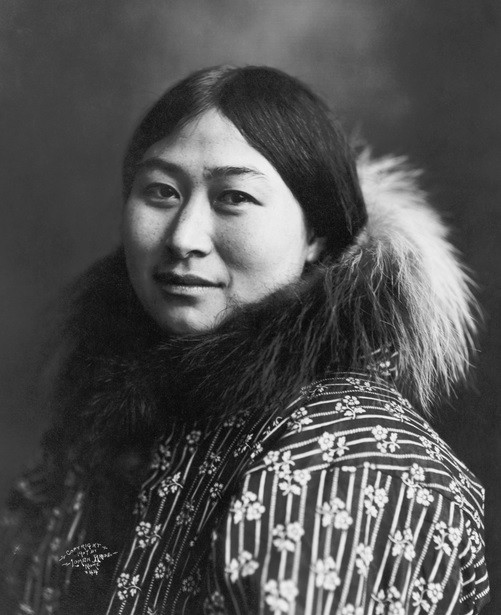New genomic analysis is suggesting that the original founding Americans apparently came from a migration across Siberia via an ancient land bridge in just one single wave of movement not more than 23,000 years back.
Researchers believe that the natives most probably stayed in the northern continent for thousands of years prior to expanding towards the south that would later form two distinct populations in North and South America.
These findings are derived from the most in depth genetic data set collected from Native Americans where this new study confirms how the first people in the Americas settled themselves on the continents with just single founding migration.
There have been plenty of theories about how these migratory waves populated the Americas via a certain land bridge that also links to numerous genetic studies, however, this latest genetic study connects how ancient and modern humans who are now living in the Americas have ancestral roots from Eurasian regions.
After the first wave of migration, the ancient Americans were slowly spreading out into two distinct groups around 13,000 years ago when glaciers retreated, opening migratory routes into North America.
Anthropologists have now identified these two groups as Amerindians or American Indians and Athabascans or those who are natives of Alaska.
According to lead author of the study, Maanasa Raghavan who is a molecular biologist from the Natural History Museum of Denmark's Center for GeoGenetics, this new study presents the most comprehensive idea of genetic prehistory of the Americas among prior studies. This analysis shows that all Native Americas including subgroups of Amerindians and Athabascans, all descended from the same migration wave from Siberia.
This study is published in the journal, Science.
However, other recent studies also raised more questions and other possible suggestions of more than just one founding population of the Americas.
Researchers from Harvard University also report that DNA evidence was recovered from a vanished "ghost population" from the Amazon region in South America where two groups called the Suruí and the Karitiana were more closely related to natives of Papua New Guinea and aboriginal Australians, they argue.
This other study suggests that ancestors of Australasians may also have crossed this land bridge but were replaced by the First Americans from North and South America.
According to geneticist Davide Reich from Harvard Medical School, this ancestry apparently no longer exists in Asia that crossed the Beringia land bridge but was overlooked by some other events.
This study is published in the journal, Nature.





















